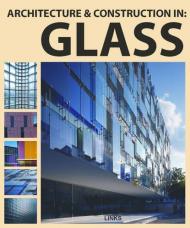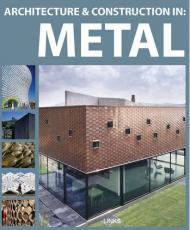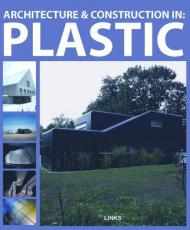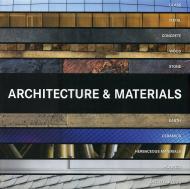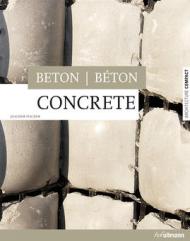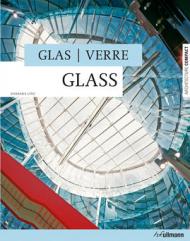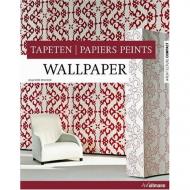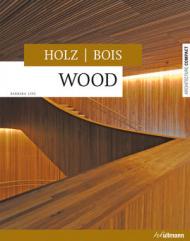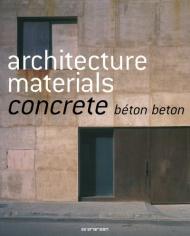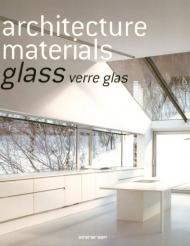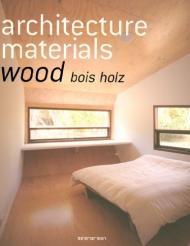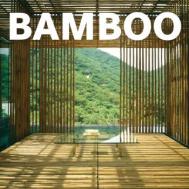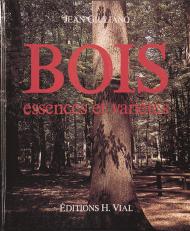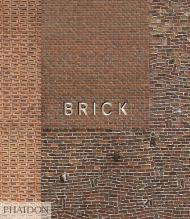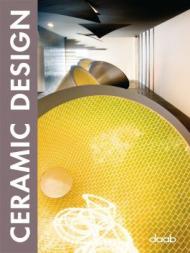This book is an overview of glass technologies and design ideas about the use of glass in contemporary architecture, presented in two parts.
TECHNICAL INFORMATION: Includes the properties and types of glass, the main problems and considerations in the use of glass as a building material, the possible damages and alterations of glass, the treatment and maintenance of glass elements and a selection of contemporary innovative materials based on glass that are available on the market.
CASE STUDIES: Presents 24 projects by architects like Renzo Piano, Enric Miralles, MVRDV and others where glass has been used extensively in innovative and exemplary ways. The presentation of the projects focuses on the technical aspects and includes detailed drawings and color photographs
Издательства
- Braun (6)
- Gestalten (4)
- Laurence King Publishing (3)
- Thames & Hudson (3)
- DOM Publishers (2)
- Taschen (2)
- Phaidon (1)
- Sunset Publishing Corporation (1)
- ACC Art Books (1)
- Konemann (1)
